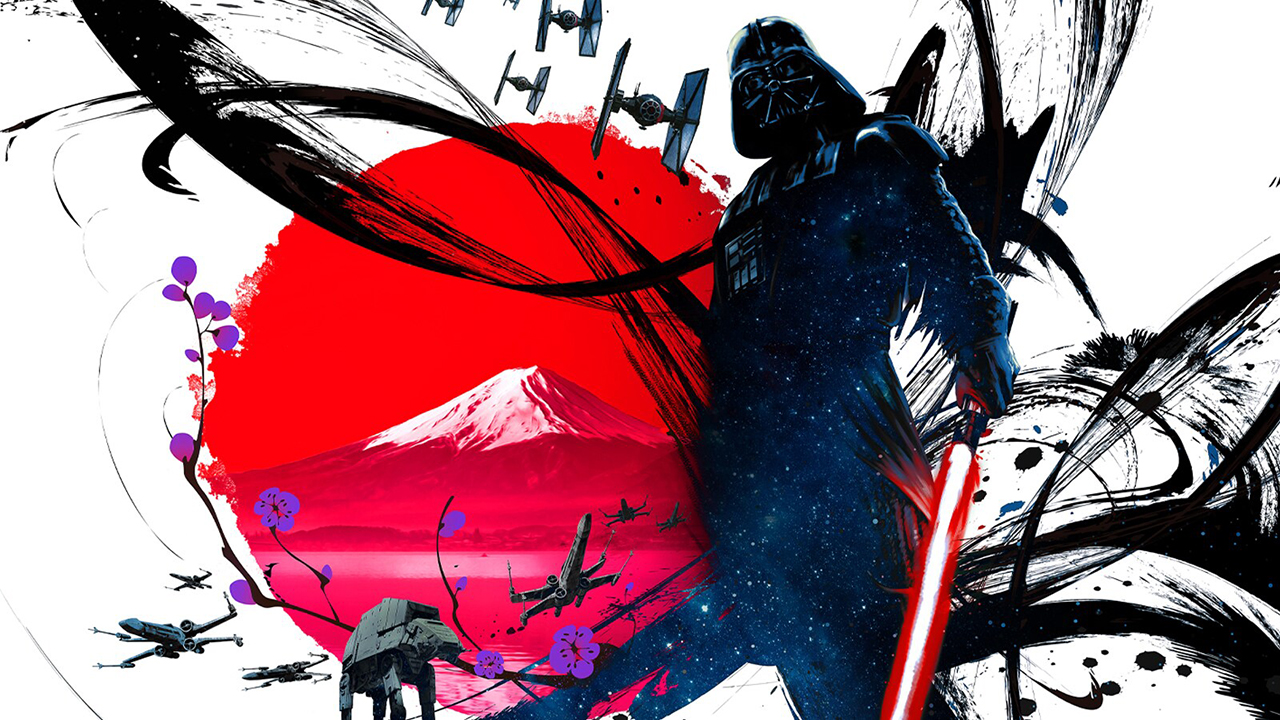Journey Through Gorgeous Nebulas in New Simulation
NEBULAE - a cosmic meditation from Teun van der Zalm on Vimeo.
A new video by visual artist Teun van der Zalm takes viewers on an intimate tour of computer-simulated nebulas — enormous cosmic clouds gas and dust.
The Hubble Space Telescope gave humanity its very first up-close-views of cosmic nebulas, where dying stars explode and spread their ashes across space. From that ejected material, new stars are born.
As unforgettable as those Hubble images are, the telescope could never provide the kind of views offered by the new video, called "Nebulae." The use of a computer simulation allows for a much closer look at these colorful cosmic clouds.
In the short movie, the "camera" appears to move around and through enormous clouds, which are rich with colors, from deep purples to fiery reds. Tranquil music allows the viewer to sit back and bask in the beauty. (It's worth noting that many of the nebulas imaged by Hubble would appear quite different to a human who traveled to see them up close. These objects are frequently too faint to be seen with the naked eye, or they emit light in wavelengths that the human eye cannot see.)
In the movie's description on the website Vimeo, the creator quotes astronomer and science popularizer Carl Sagan from the first episode of the TV show "Cosmos: A Personal Voyage," which Sagan hosted: "A cloud that veils one of nature's secret places. This is a stellar nursery, a place where stars are born. They condense by gravity from gas and dust until their temperatures become so high that they begin to shine. Such clouds mark the births of stars, as others bear witness to their deaths."
While the simulated nebulas clearly have a lot in common with the real-world nebulas photographed by Hubble, it's not clear how scientifically accurate the simulations are. But, as the video's subtitle indicates, the short movie works perfectly as a "cosmic meditation."
Get the Space.com Newsletter
Breaking space news, the latest updates on rocket launches, skywatching events and more!
Follow Calla Cofield @callacofield. Follow us @Spacedotcom, Facebook and Google+. Original article on Space.com.
Join our Space Forums to keep talking space on the latest missions, night sky and more! And if you have a news tip, correction or comment, let us know at: community@space.com.

Calla Cofield joined Space.com's crew in October 2014. She enjoys writing about black holes, exploding stars, ripples in space-time, science in comic books, and all the mysteries of the cosmos. Prior to joining Space.com Calla worked as a freelance writer, with her work appearing in APS News, Symmetry magazine, Scientific American, Nature News, Physics World, and others. From 2010 to 2014 she was a producer for The Physics Central Podcast. Previously, Calla worked at the American Museum of Natural History in New York City (hands down the best office building ever) and SLAC National Accelerator Laboratory in California. Calla studied physics at the University of Massachusetts, Amherst and is originally from Sandy, Utah. In 2018, Calla left Space.com to join NASA's Jet Propulsion Laboratory media team where she oversees astronomy, physics, exoplanets and the Cold Atom Lab mission. She has been underground at three of the largest particle accelerators in the world and would really like to know what the heck dark matter is. Contact Calla via: E-Mail – Twitter









